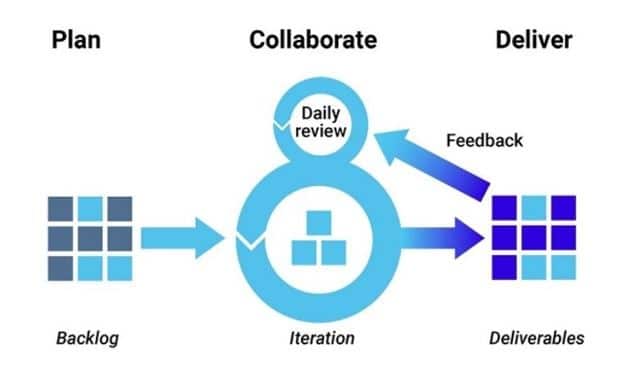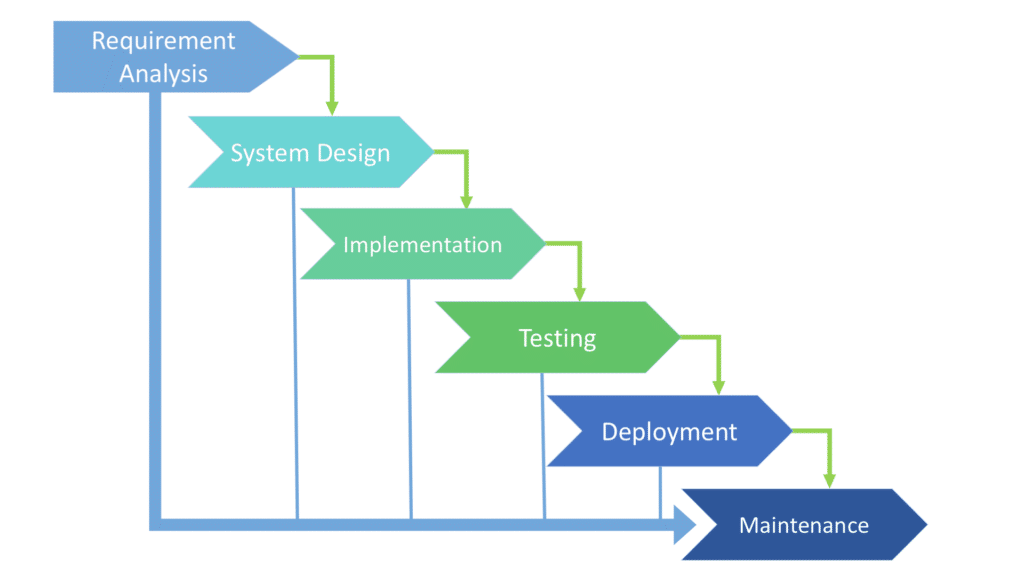
IT Ignite follows 4 development methodologies:
- Agile
- DevOps
- Traditional
- RAD
The selection of a project methodology is dependent on:
- The project profile: whether it is a short/simple project, or a project that needs heavy documentation.
- Client Requirements and culture: some clients insist on a specific methodology that they have chosen.
Below is a brief description of our 4 methodologies.
Agile:

Agile project management methodology is an iterative approach to delivering a project throughout its lifecycle. These iterations (or increments) are used to release benefits throughout the process rather than at the end, thus decomposing the deliverable into more manageable size components. Agile project management methodology is mostly used for software development.
DevOps:

The DevOps methodology is a set of best practices that assume the collaboration between the development and operations teams throughout the software development lifecycle (SDLC). It incorporates agile practices and breaks the silos of development and operations. It also leverages continuous integration and continuous deployment (CI/CD).
Traditional:

The traditional methodology is a sequential development process, where progress flows steadily towards its conclusion through the phases of a project (Analysis, Design, Development, Testing, Deployment). The goal of traditional project management methodology is to ‘measure twice & cut once’. In this model, change is expensive, because time and effort have been spent early on Analysis & Design.
RAD:

Rapid Application Development (RAD) is an agile pm methodology variant. It has 4 phases. Requirements Planning, User Design, Construction and Cutover. The benefits of RAD is greater efficiency and faster development by reducing planning time and emphasizing prototyping. RAD is used when project scope is clear & well defined; decisions are made by a small number of people, preferably co-located.










Recent Comments